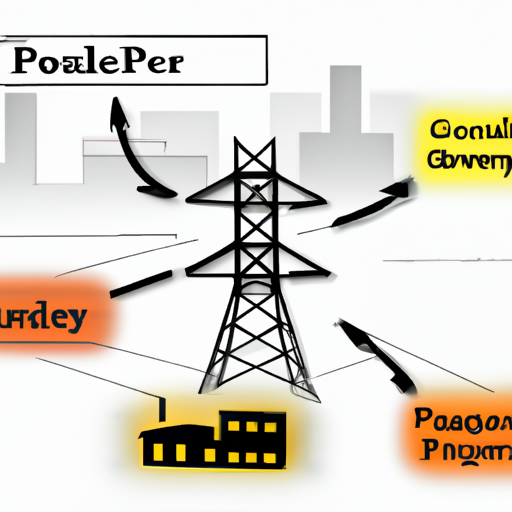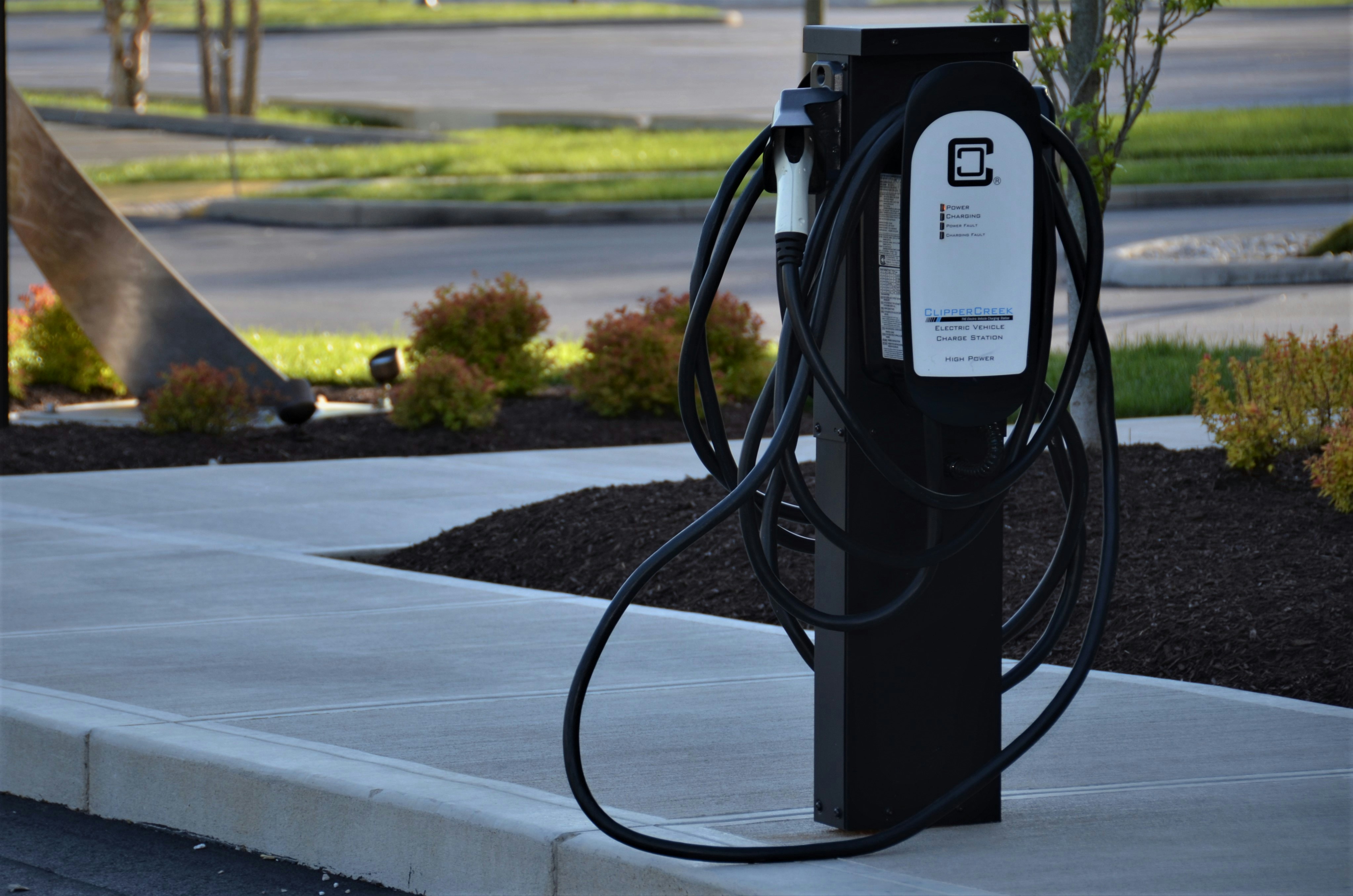So, you’ve heard about ‘the Grid’, but what exactly is it and how does it work? You’ve landed at the right place, dear reader. In our article, “Understanding the Grid: What it is and How it Works,” we’re going to demystify this often-confusing concept for you. Shedding light on what the Grid truly is and illuminating how it functions, your journey to mastery starts here. Brace yourself, as we unravel this complex network in a captivating and reader-friendly manner. Fear not, we’ll keep it plain and simple, yet intriguing, sticking always to the facts. Hold on tight, you’re in for an enlightening journey.
The Definition of the Grid
Defining the Grid
When you hear ‘the grid’, you might think of a mathematical graph paper, or a swarm of glowing blue lines on a computer screen. But actually, ‘the grid’ is a term often used to describe the framework that supplies electricity across regions. The grid is a system of interconnected power stations, power lines, transformers, and equipment, working together to generate, transmit, and distribute electricity from producers to consumers.
Common Misconceptions about the Grid
Many people mistake the grid for being a single, uniform entity. In reality, the grid consists of multiple smaller networks of grids, each designed to provide electricity to specific areas and regions. Another misconception is that the grid is an endless resource. While it’s true that the grid is designed to supply an inordinate amount of electricity, there are limitations. It’s crucial for both energy producers and consumers to manage usage and capacity wisely.
Importance of the Grid
The importance of the grid cannot be overstressed. It powers our homes, offices, industries, and everything in between. It forms the backbone of modern civilization, contributing hugely to our comfort, livelihoods, and overall socioeconomic growth.
The Origins of The Grid
Evolution of the Electrical Power Grid
The tracks of the grid can be traced back to the late 19th century, following the invention of the electric generator. At first, electricity was generated and used in isolation, within the confines of a single building or factory. Fast forward a few decades, and technological advancements made it possible to organize these individual operations into a grid, thereby fostering the more efficient production and distribution of electricity.
Influential Changes in the Grid’s history
Significant changes have been made to the grid over the years, especially during the 20th century. A shift from direct current (DC) to alternating current (AC) systems led to enhanced capacity and longer-distance transmission of electricity. The introduction of nuclear power in mid-20th century brought about a massive increase in the power generation capacity of the grid.
Components of the Grid
Generation: Power Plants and Renewable Sources
The grid starts off with power plants. Different types of power plants contribute to electricity generation, from traditional ones that burn natural gas or coal, to those using nuclear fission, to renewable sources like solar, wind, and hydro.
Transmission: Power Lines and Substations
Once electricity is generated, it’s transmitted over long distances through power lines. This occurs at a high voltage to minimize power loss. Substations act as regulators, reducing the voltage level for the next phase, distribution.
Distribution: Transformers and Grid-to-Home Lines
The electricity then enters the distribution phase, where transformers reduce the voltage to safer levels for consumer use. The power is then fed into your homes via power lines.
The Structure of The Grid
Hierarchy System
The structure of the grid follows a hierarchy system, with three major levels: generation, transmission, and distribution. Each of these levels has different roles and complexities, but the overall goal is the same – to ensure that the power produced reaches consumers safely and reliably.
Interconnection: Tying Grids Together
Smaller grid systems are tied together into larger interconnections, enabling them to share power and boost efficiency. In North America, there are three major interconnections: the Eastern Interconnection, the Western Interconnection, and the Texas Interconnected System.
Balancing Authorities in the Grid
Balancing authorities are tasked with maintaining the balance of supply and demand within the grid. They monitor power usage and adjust the production and flow of electricity accordingly.

The Science Behind the Grid
How Electricity Travels
Electricity travels through conductors, usually made of metals, under the influence of an electric field. The field propels the flow of electrons, creating an electric current. This current then gets directed to specific routes within the grid, ultimately reaching your home or place of work.
Role of Electromagnetic Fields
Electromagnetic fields, originating from the alternating current, surround every power line in the grid. They aid in notable transmission processes, including the induction of voltage in nearby lines.
Phasors and Their Function in the Grid
Phasors, or rotating vectors, are used to describe the alternating currents in the grid. They provide a simplified way to understand and analyze the behavior of the AC system, helping engineers maintain and manage the grid’s operation.
Managing and Operating the Grid
Regulatory Environment
Governments typically regulate the grid to ensure fair access and reliable service. This includes setting prices, ensuring safety, reliability, and adequate investments in infrastructure.
Role of Utilities
Utilities play a pivotal role in operating the grid. They generate, transmit, and distribute power to consumers. They also work closely with regulatory authorities to ensure standards and protocols are met.
Impact of Policy on Grid Operation
Political policies directly impact how the grid is managed. Policies around renewable energy, for instance, can lead to more green energy sources being integrated into the grid.
Challenges in Running the Grid
Balancing Supply and Demand
One of the major challenges in managing the grid is balancing supply and demand. Demand for power can fluctuate dramatically throughout the day, making it a challenge to ensure a steady supply.
Managing Outages
Outages, whether local or widespread, pose significant challenges. Grid operators have to isolate the fault, fix it, and restore the power as quickly and safely as possible.
Dealing with Peak Load Times
Peak load times, usually morning and evenings, put additional stress on the grid. Dealing with these surges efficiently requires careful planning and management.
The Future of the Grid
Emerging Technologies
Technologies like smart grids, energy storage systems, and AI are revolutionizing the landscape of the grid, making it more efficient, reliable, and sustainable.
Impact of Decentralization
The trend towards decentralization offers promise for a more resilient and flexible grid. Instead of a few large power plants, imagine many smaller power generators running independently, yet interconnected when needed.
Inclusion of Renewable Energy Sources
The increasing inclusion of renewable energy sources is creating a greener, cleaner grid. Solar, wind and hydro power are being integrated more prominently into the grid, reducing our reliance on fossil fuels.
Safety and the Grid
Safety Measures in Grid Operation
Various measures are employed to ensure safety in grid operations. This includes protective equipment for workers, safety protocols for operating machinery, and stringent guidelines for the construction and maintenance of grid infrastructure.
Hazards & Risks Associated with the Grid
The grid carries inherent risks – electrocution, fires due to short circuits, and even cyberattacks. Being aware of these risks, and effectively mitigating them, is crucial to ensure the safety of everyone involved.
Role of Cybersecurity
As the grid becomes more digitalized, the role of cybersecurity is becoming increasingly important. Protecting critical grid infrastructure from cyberattacks is a major focus for grid operators today.
Impacts of the Grid on Daily Life
How We Benefit from the Grid
The grid powers nearly every aspect of our lives. From the moment we flip the light switch in the morning, to the time we shut off our televisions at night, we’re tapping into the grid. It powers our homes, fuels our industries, and illuminates our cities.
Impacts of Grid Failures or Blackouts
Grid failures or blackouts can be considerably disruptive. They can bring cities to a halt, disrupt communication, and even impact healthcare services. This underscores the importance of maintaining a reliable grid.
Sustainability and the Grid
As we look to the future, the concept of sustainability is becoming increasingly significant. The grid plays a vital role in this, as we transition from traditional energy sources to renewable ones, bringing us closer to a sustainable future.


